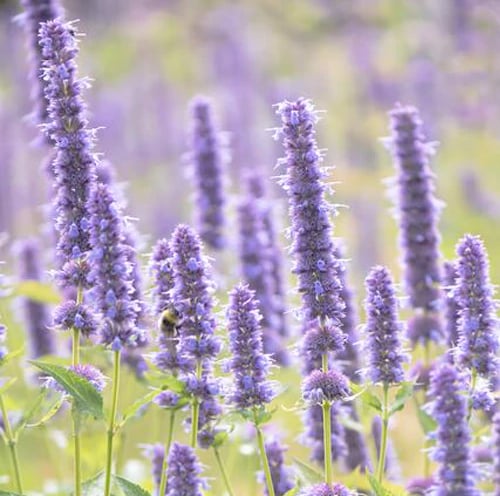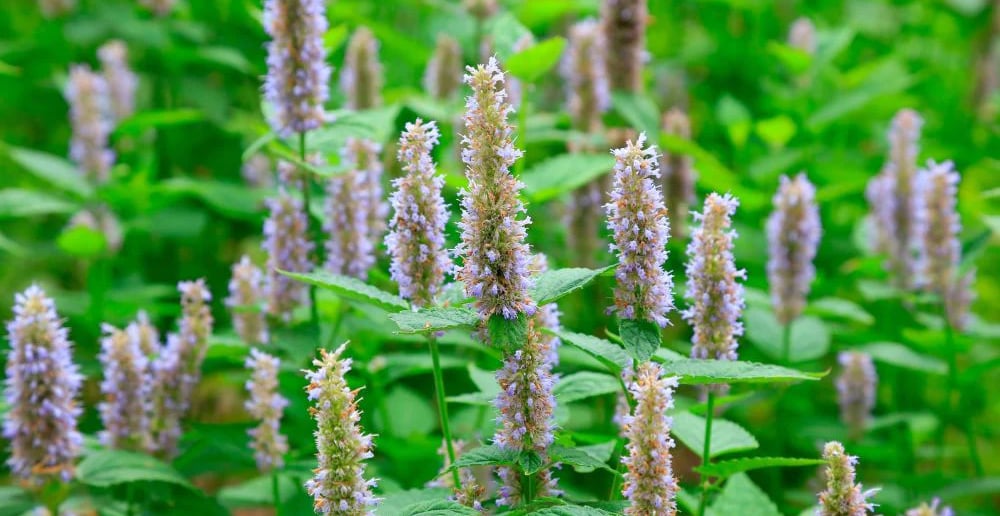

Patchouli, unlike lavender, is a fragrant herb known for its earthy, musky scent and is native to tropical regions such as Southeast Asia. This aromatic plant features large, bushy leaves and produces small, pinkish-white flowers. Patchouli's distinct aroma has made it popular in the perfume industry, where it's often used as a base note to add depth and longevity to fragrances. In addition to perfumery, patchouli is valued for its therapeutic properties, including its ability to promote relaxation and alleviate stress. It's commonly used in aromatherapy and herbal remedies for its grounding and calming effects. Patchouli leaves are also used to make herbal teas and infusions, imparting their unique flavor and potential health benefits. Whether enjoyed for its fragrance or medicinal properties, patchouli adds a touch of exotic allure to various products and rituals, making it a cherished herb in many cultures worldwide.
Patchouli
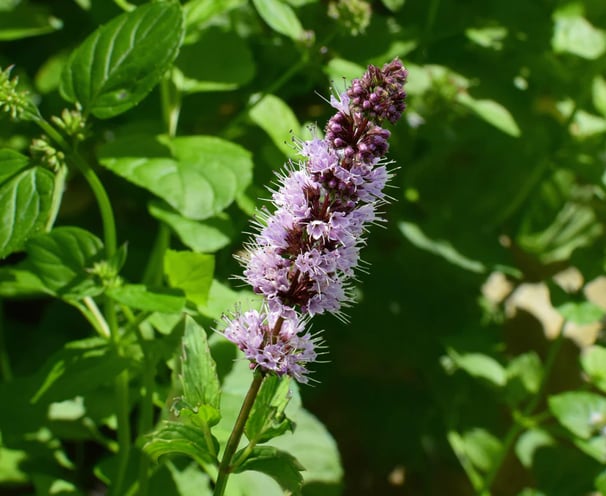

Patchouli thrives in well-draining soil that is rich in organic matter. It prefers a slightly acidic to neutral pH level, ideally between 6.5 and 7.5. To achieve the ideal soil conditions for patchouli, it's beneficial to incorporate organic matter such as compost or well-rotted manure into the soil. This helps improve soil structure, fertility, and moisture retention while promoting proper drainage. Patchouli plants also benefit from a loose, aerated soil texture, so adding coarse sand or per-lite can help enhance drainage in heavier soils. Ensuring proper soil preparation before planting lays the foundation for healthy patchouli growth and vigor.
Soil Needs
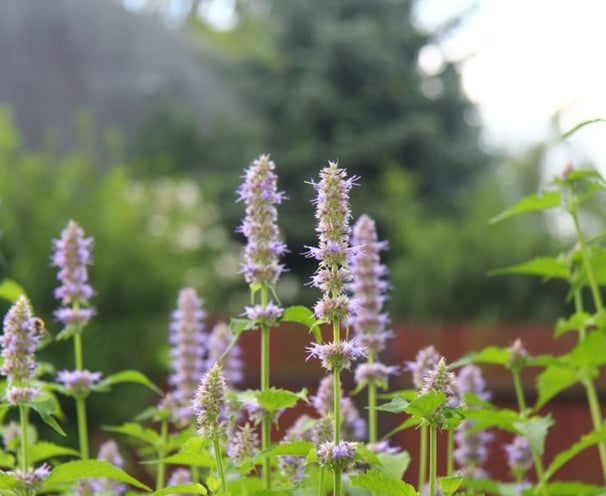

Patchouli has moderate water needs, requiring consistent moisture during the growing season but also benefiting from well-drained soil to prevent water-logging. When watering patchouli, it's important to ensure that the soil is evenly moist but not waterlogged. Water deeply when the top inch of soil feels dry to the touch, allowing excess water to drain away freely. Avoid over-watering, as this can lead to root rot and other issues. During periods of active growth, typically in spring and summer, patchouli may require more frequent watering, especially during hot and dry weather. However, in winter, when growth slows, reduce watering frequency to prevent waterlogged soil. Additionally, avoid overhead watering, as it can promote fungal diseases. Regularly monitor soil moisture levels and adjust watering frequency accordingly to maintain optimal growing conditions for patchouli.
Water Needs
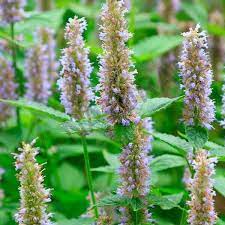

Patchouli generally has moderate fertilizer needs, preferring a balanced feeding regimen to support its growth and fragrance production. It's best to apply a balanced, slow-release fertilizer formulated for aromatic plants in early spring, just as new growth begins. Avoid fertilizers high in nitrogen, as they can encourage excessive foliage growth at the expense of essential oils and fragrance. Instead, opt for a fertilizer with a higher phosphorus content to promote healthy root development and flower production. Organic options like compost or aged manure can also be beneficial when applied as a thin layer around the base of the plant in spring. Monitor the plant's response to fertilizer, and adjust the feeding schedule as needed to maintain balanced growth and optimal fragrance production in your patchouli plant.
Fertilizer Needs
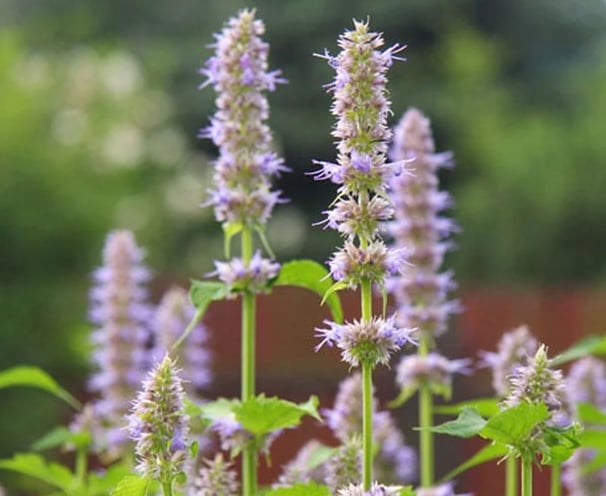

Patchouli (Pogostemon cablin) is a species of aromatic herb known for its distinctive scent and wide-ranging uses. It's primarily cultivated for its fragrant leaves, which are used in perfumery, aromatherapy, and traditional medicine. Patchouli plants thrive in warm, tropical climates with well-draining, slightly acidic soil. There are several varieties of patchouli, each with its own unique fragrance profile and growth characteristics:
Pogostemon cablin 'Java': This variety is known for its strong, earthy aroma and vigorous growth habit. It's commonly cultivated in Indonesia and other parts of Southeast Asia.
Pogostemon cablin 'Singapore': This variety is prized for its sweeter, more floral fragrance compared to other patchouli varieties. It's often used in perfumery and aromatherapy applications.
Pogostemon cablin 'Sumatra': Originating from the Indonesian island of Sumatra, this variety has a rich, deep aroma with woody undertones. It's favored for its high essential oil content.
Pogostemon cablin 'Guangdong': This variety is cultivated in the Guangdong province of China and is known for its unique combination of earthy, woody, and slightly fruity notes.
Pogostemon cablin 'Sulawesi': Hailing from the Indonesian island of Sulawesi, this variety is prized for its complex aroma, which blends earthy, floral, and citrusy notes.
These are just a few examples of the diverse patchouli varieties available, each with its own unique fragrance profile and characteristics. Gardeners and enthusiasts can explore different varieties to find the ones that best suit their preferences and intended uses.
Patchouli Varieties
